What if Toyota sold kaido racers?
Today I’ll try to answer the question “what if Toyota actually sold zokusha”. Zokusha, also better known as Kaido racers or bosozoku style cars, are cars that have been modified to the extreme. The style varies from race car inspired modifications, like enormous fender flares and super wide wheels, to bizarrely shaped objects, like sharknosed frontends and oddly shaped exhaust pipes.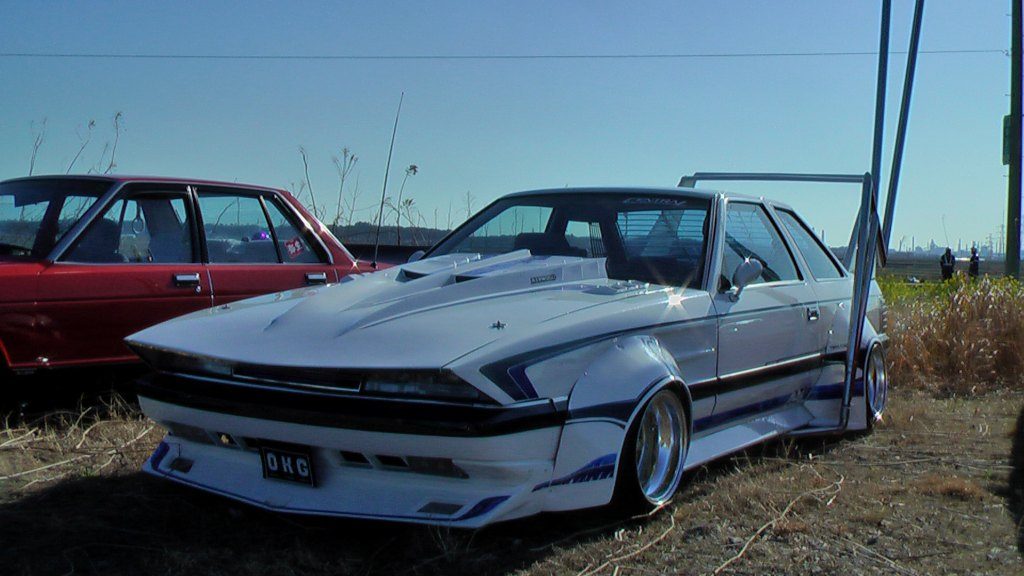
This car styling started somewhere in the early 1970s and became extremely popular near the end of that decade and remained popular throughout the 1980s. Now why would Toyota ever sell these oddly modified cars? Would there be demand for such a car? In this new video series I’ll try to answer questions like this using a thought experiment, imagining what could happen.
The various Toyota stores
Today in Japan Toyota sells different cars through their Toyota-stores to sell to different target groups using different channels, and they have been doing so since the mid 1950s.
Toyota store
The first Toyota store was opened in 1946 and naturally was called the Toyota-store and this store mainly sells the more luxurious cars like the Crown and the Century. In the course of years the lineup got extended with the Landcruiser, Soarer, Carina and MasterAce.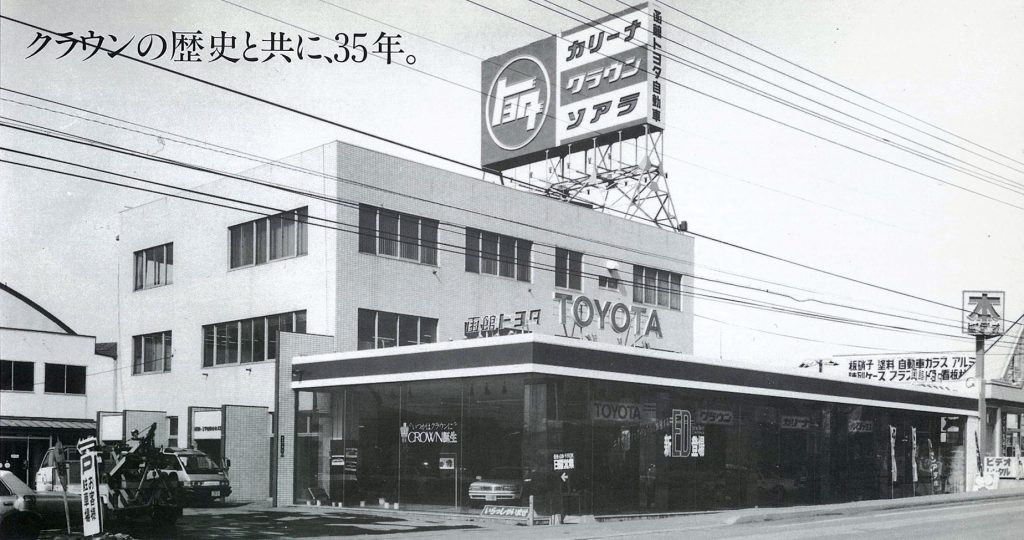
Toyota Toyopet store
In 1955 the Toyopet store was opened, this to diversify the luxurious brand from the newly introduced smaller Toyopet Corona and the ToyoAce truck. Later on the shop also sold cars like the Soarer, Mark II, Corona and the Tercel based Corsa. Basically the bread and butter cars you expect from corporate Toyota.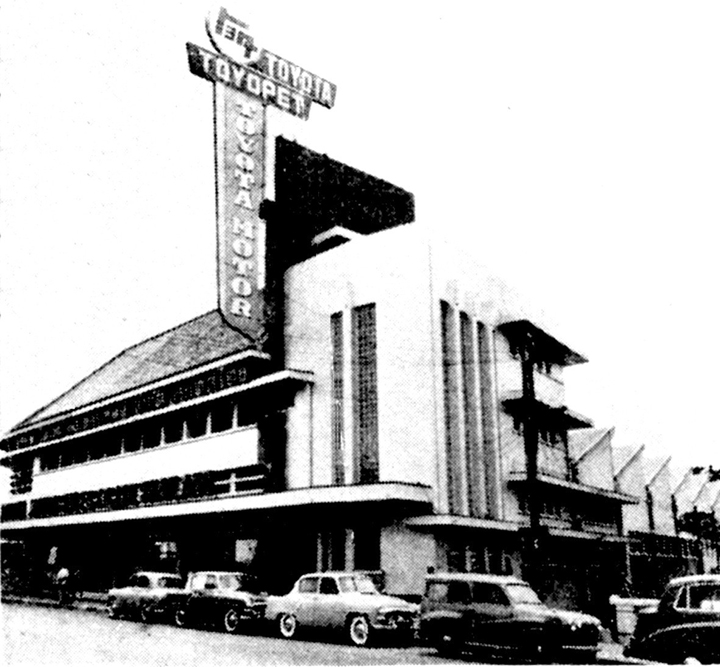
Toyota Diesel store
In 1957 the Toyota Diesel shop opened up for the more utilitarian vehicles, like trucks, busses and forklifts and later on also ordinary cars with diesel engines, like the Crown, Corolla and Corona diesel engined cars.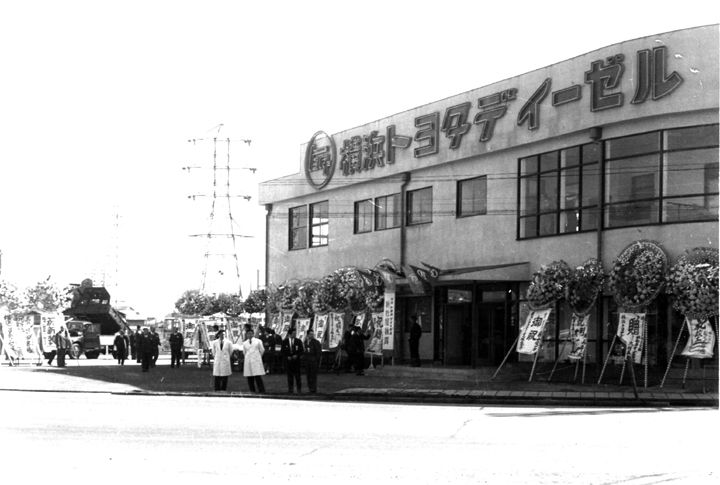
Toyota Publica / Corolla store
In 1961 the Toyota Publica-store opened up to sell the first Publica, but was renamed to the Corolla-store in 1966. Next to the Corolla they also sold Sports 800, Celica, Supra, TownAce, Camry and the Tercel based Corolla II. A nicely balanced offering for young people including some sporty options.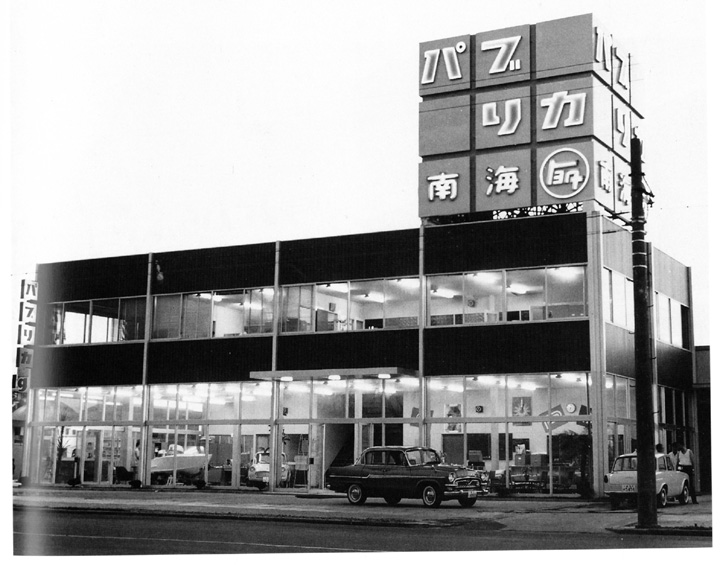
Toyota Auto / Vista / Netz store
Since Toyota decided to resell the Corolla with its sister model the Sprinter as well, the Toyota Auto store was opened up in 1967, which got rebranded as the Toyota Vista store in 1980. Apart from the Vista they also sold the Altezza, Cresta, Chaser, Starlet, LiteAce and the Tercel through this channel as well. From this lineup we learn that the Vista store had its main focus on the more sporty car market. The Vista store got split up into the Netz-store and Lexus.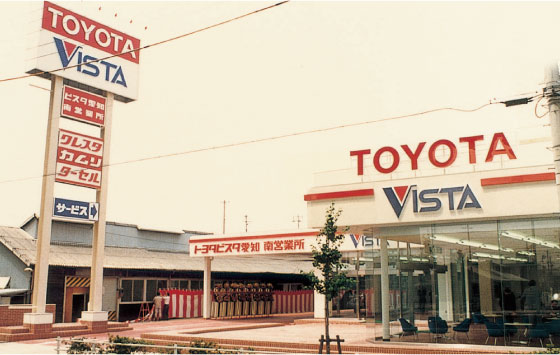
All this meant that in the early 1980s Toyota owned five major market segments that covered almost the entire consumer car market. There is a lot more to this subject, so perhaps another video in the future?
The Toyota Kaido store
As you could have guessed from the five different stores: Toyota listened closely to the car market to meet demand. They created playful cars, like the Toyota Corolla II, aimed at specific target audiences. So what if Toyota also would have listened to the youngsters from Generation X modifying their cars with large fender flares and mounting wide wheels? Let’s just assume they did and the Toyota kaido store opened up its doors in 1981!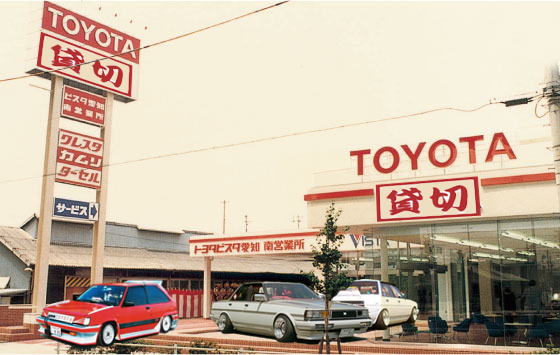
In the first few years the shop is struggling to find a good lineup, but in the mid 1980s this has finally settled down. Products in the 1986 kaido store would be as following:
Toyota Starlet Silhouette
A Toyota Starlet based car, aimed for the entry level enthusiast. The all new front wheel drive 1.3 Turbo S is discarded as this pocket rocket is supposed to be rear wheel drive. With it’s super silhouette body kit it looks like from another planet.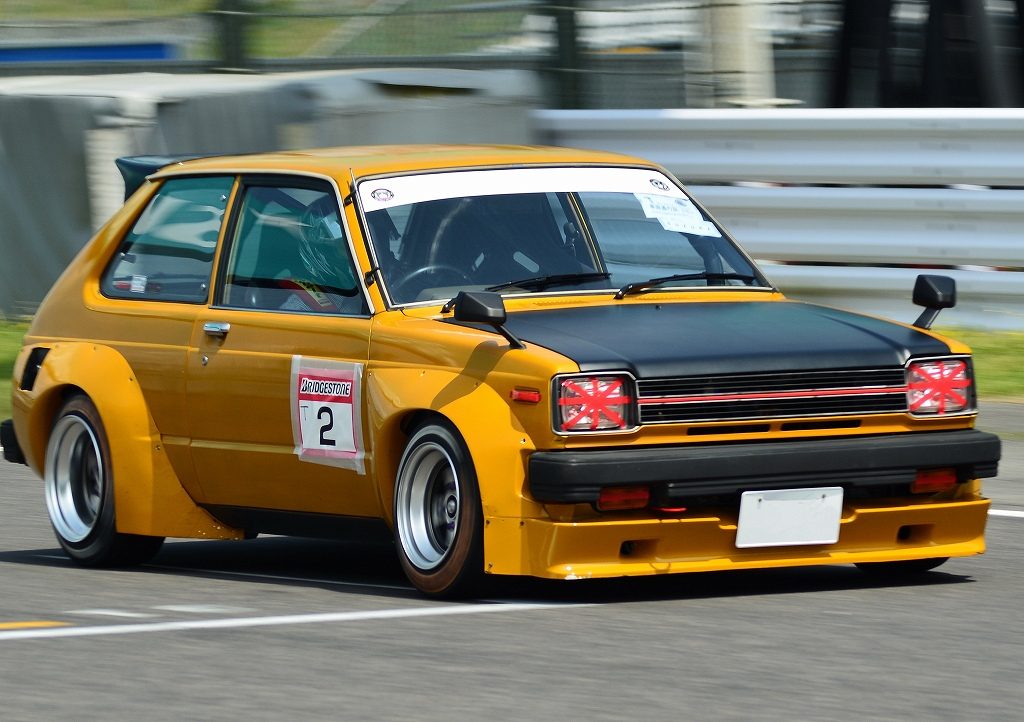
Toyota Corsa Racer
For the boy racer: the Corsa Racer: a Toyota Corsa, Tercel AL20 based, with widened fender flares. Given the fact that this new generation features the open canvas top, means all your friends can lean out of the car and wave their sticks to other drivers while cruising the highway.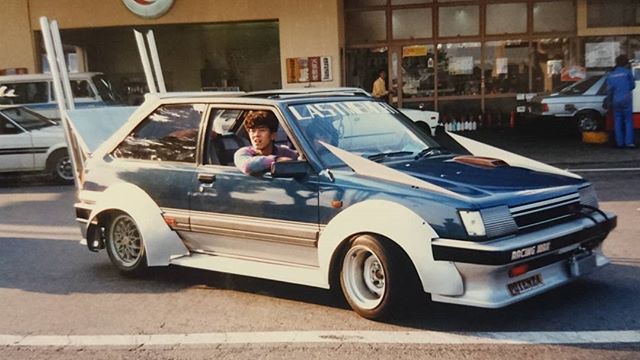
Toyota Mjollnir AE86
Next to the Corolla and Sprinter lineup a new sister model emerges: the Toyota Mjollnir. It follows the same theme as the Levin and Trueno: Mjollnir is Thor’s hammer in the Norse mythology, which is a reference to thunder and lightning. The Mjolnir is a 2 door AE86 with a sharknosed frontend and wide wheels.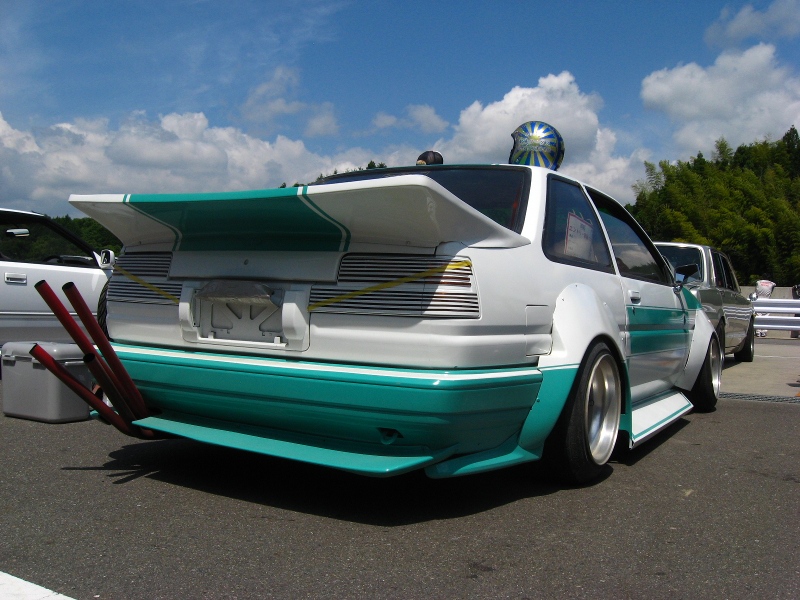
Toyota Carizokusha
For the mid range cars the more up market Carina is chosen and Toyota creates the Carizokusha: a lowered, wide fender flared Carina sedan that looks like it’s meant for racing!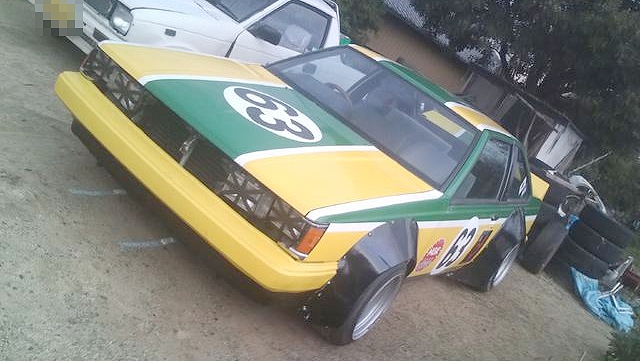
Toyota Cresta GX71
One step up is the Toyota X-platform. The Chaser is aimed at performance, while the Cresta has more class. The Cresta is chosen and is actually kept quite sophisticated: just a touch of two tone paint and a V-shaped twin takeyari at the rear end. With the 24 valve twin turbo twin cam 1G engine, a manual gearbox and the optional limited slip diff it’s destined to do donuts.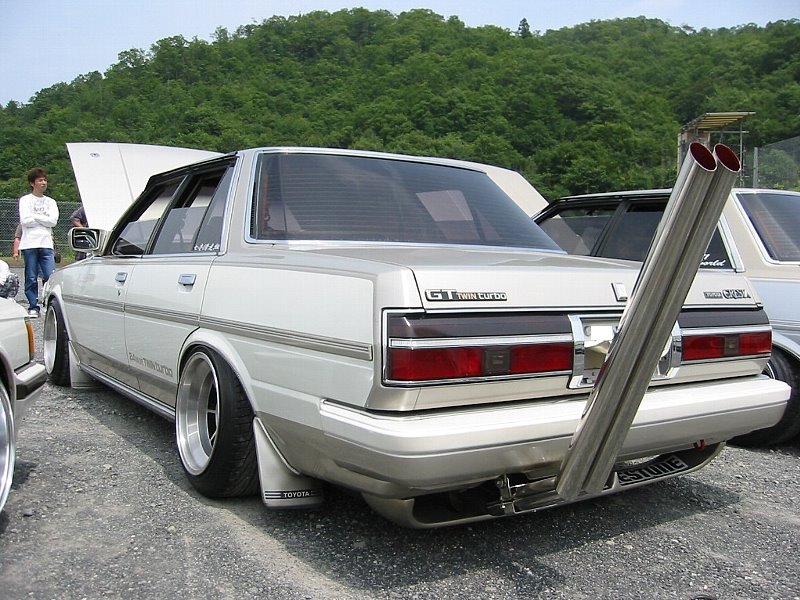
Toyota Shakotan Boogie (Soarer MZ10)
Finally the cherry on top: you can now order an identical Shakotan Boogie Soarer from this shop! Polkadot paint and takeyari exhaust pipes are standard. From the factory you can choose the “remove springs” option to make it extra low, but don’t forget to tick that “extra durable bumpstop” option as well.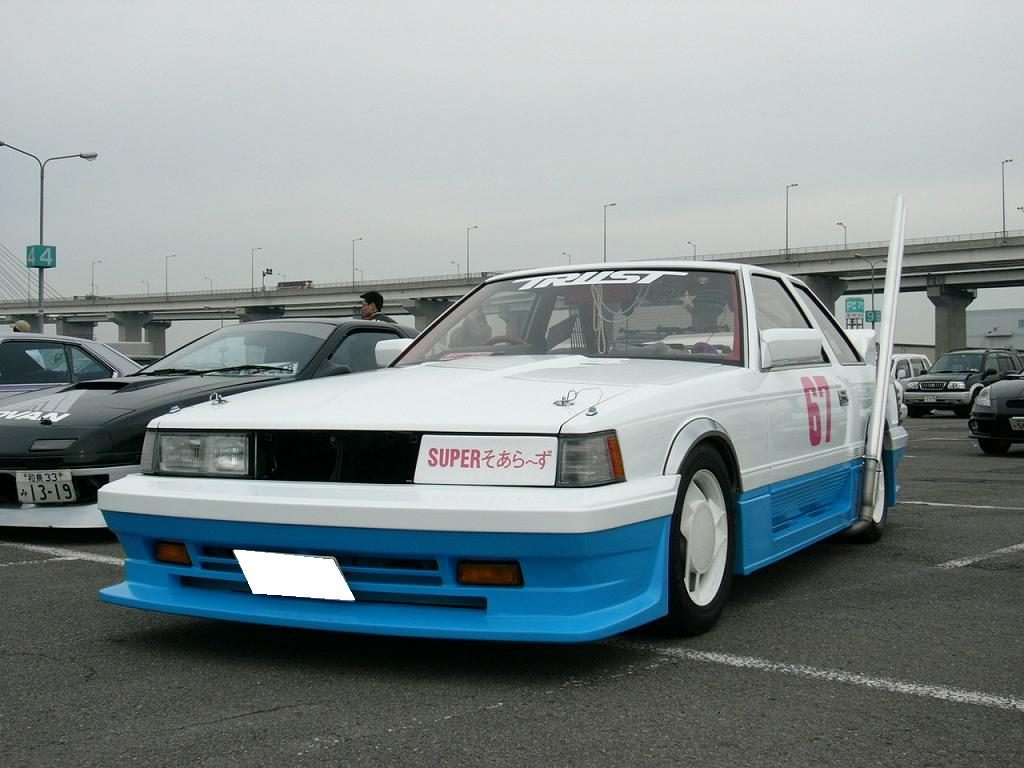
Naturally the kaido shop had to be appealing for this target audience, so it got dressed up well and featured rock and roll and surf-like music.
Kaido store failure
The Kaido shop is a disaster: even though marketing did extensive research into the world of Generation X there are clearly some issues with this concept. At first sales are meeting the expectations, but after the initial sales hype the sales drop. Marketing analyses the problem and finds two problems they can’t overcome.
The first problem is that they missed the whole point of the modifications: modifications offer individualism. Late 70s and early 80s the youth tries to shake off the collaboratism of the baby boomers and this is shown in the new individualistic products like the walkman and branded products soaring in popularity. This also means the kaido racers sold through the kaido Store are not individualistic enough.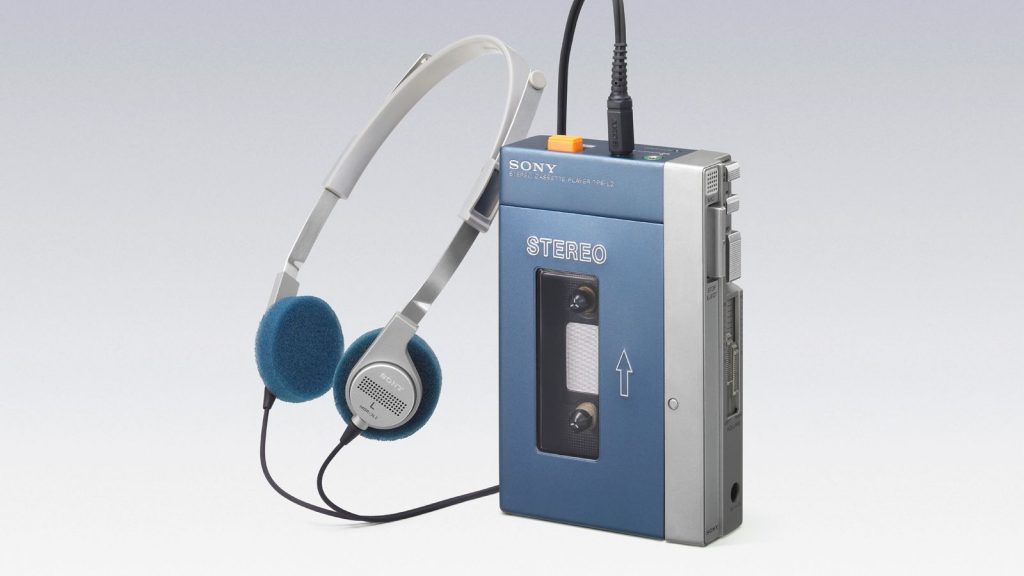
The second problem is that the cars sold are brand new. This generation doesn’t earn a lot of money yet and especially the young that are into kaido racers don’t have a lot of money to spend. Also second hand cars are dirt cheap in Japan, so modifying one into their own personal car is something they can do themselves on a much lower budget.
After a quick rebrand and focussing more on the performance and tuning market, the kaido stores finally close their doors in late 1992 when the Japanese economic bubble collapses.
Why this couldn’t have happened
Of course this all couldn’t have happened: in modern Japan there is a clear hierachy between the social classes: see also this diagram that explains it and you can directly map these classes to the various Toyota stores.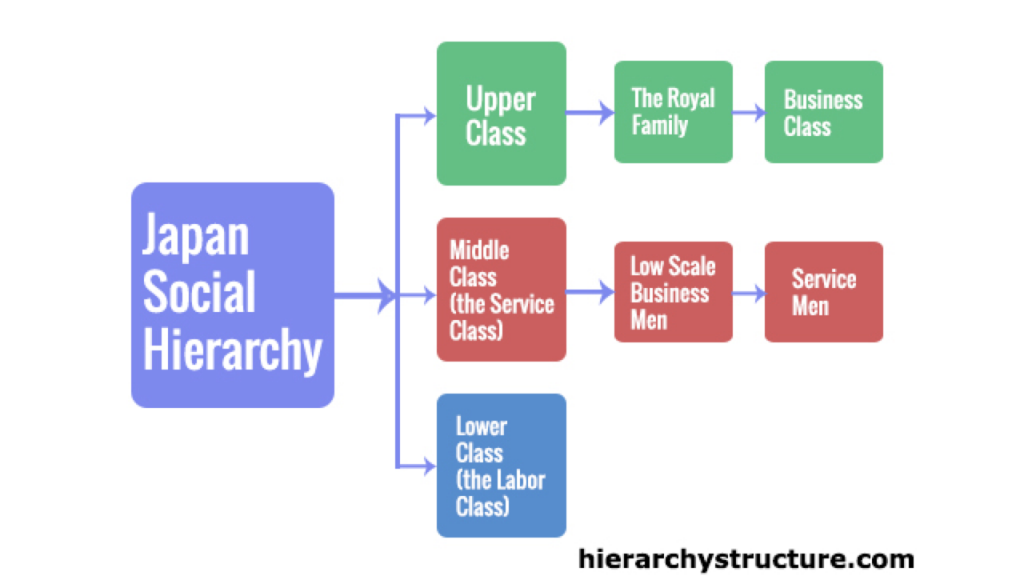
The group who is into kaido racers and who joins bosozoku is seen as even below the labour class: scum, outcasts and people who stand outside the normal society. A respectable company like Toyota would never actually develop products for an audience like this. The company would most likely have lost customers over serving this target audience. Not even if they sold it through a new brand, like they did with Lexus. This is also the reason why the number of small garages that modified and tuned cars soared during the 80s.
That’s it for this episode and I hope you enjoyed this little experiment as much as I did! Let me know in the comments below what you think of it and if I should make more of these “what if” videos. Also if you have suggestions for me, that would be more than welcome!
Leave a Reply